Technical Water Operations Terms
Prudent replacement
The Prudent Replacement Standard (from the USA Bipartisan Budget Act of 2018) includes specific provisions and a framework to prevent the wasteful expenditure of Federal dollars by repairing critical infrastructure in full, and not in pieces, according to industry standards.
Action levels
A measure of the effectiveness of the corrosion control treatment in water systems. It is not a standard for establishing a safe level of lead in a home. If 10% of the samples from these homes have water concentrations that are greater than the action level of .015 mg/L (15 ppb), then the system must perform actions such as public education and lead service line replacement.
No Consumption Advisory
Issued to warn people to not consume water (for drinking, cooking, etc.) that may be unsafe or is known to not be safe based on water quality test results.
Water Main Line
A large underground pipe that supplies water to a large area or community. Smaller water service lines then connect to the water main line to supply homes and businesses.
Water Service Line
The segment of buried water pipes under the street or below ground. Typically, a smaller WAPA line that provides potable water from the water main line to residences and building meter boxes.
Service Lateral
A pipe that provides water from the water main line in the street to a home or business. It is typically smaller than the water main line.
PVC Pipes
A plastic pipe with a tubular section, or hollow cylinder, made of plastic material.
Fire Hydrants
in addition to supporting the Fire Department, WAPA uses fire hydrants to flush the system.
System Flushing
Is the process of cleaning or “scouring” the interior of water distribution pipes by sending a rapid flow of water through the main pipes.
Residential Flushing
Flushing at the tap for several minutes prior to use if water has been stagnant for at least 6 hours Phosphate Injection System -– phosphate is a unique blend of poly and other phosphates certified by NSF (US) and DWI (UK) for use in drinking water to control corrosion, scale, discolored water, and lead and copper. The phosphate injection used by WAPA contains the unique SQ547 proprietary technology by Aqua Smart, Inc. Alternate term is the Corrosion Control system.
Meter Box
A subsurface structure that houses a water meter, protecting the meter from damage and allowing WAPA easy access for maintenance, investigation, or readings.
Water Meter
A device that measures the volume of water used by residential and commercial building units and determines flow through a particular portion of the system.
Non-detectable aka undetectable
The instrument reading the lead levels cannot read the levels below 1% or .00XXX%.
Stagnant water
Water that has been sitting in the pipes for an extended period of time.
Faucet
A valved outlet device attached to a pipe that normally serves a sink or tub fixture. A faucet discharges hot and/or cold water for a variety of consumptive uses, including drinking, cooking, and washing. The term “faucet” is used interchangeably with the term “tap.”
First-Draw Samples
These are the samples taken immediately after turning on the faucet or valve, without spilling, if possible. These samples represent the lead content of water sitting in water outlets that are used for drinking or cooking within the building(s).
Potable Water Pipe
The pipe in a distribution system and in a building which carries water intended for human consumption.
Sequential Samples
Water samples collected at the fixture, one after another, without flushing beforehand or wasting water in between samples.
Source Water
Untreated water from streams, rivers, lakes, ocean or underground aquifers that is used to supply private wells and public drinking water.
Point-of-use (POU)
Devices that treat water from a single outlet, faucet or fixture. A POU device is installed to reduce contaminants in the drinking water at one tap, such as a kitchen sink.
Leaching
The process of extracting a substance from a solid material that has come into contact with a liquid. In leaching, the liquid is very important, as it facilitates the ability to remove, or extract, a given substance from a solid matrix (i.e. material).
Aerator
Also called a “screen” is typically located on the fixture valve (e.g., where the water comes out) to improve water flow out of a tap or drinking water fountain. These aerators can collect sediment and lead particulate and should be cleaned regularly.
THE REDUCTION OF LEAD IN DRINKING WATER ACT (2011)
This act further reduced lead in pipes, pipe fittings, plumbing fittings, and fixtures to a weighted average of 0.25 percent. The act also redefined “lead-free” under the SDWA as not containing more than 0.2 percent lead when used with respect to solder and flux and not more than a weighted average of 0.25 percent lead when used with respect to the wetted surfaces of pipes, pipe fittings, plumbing fittings, and fixtures.
